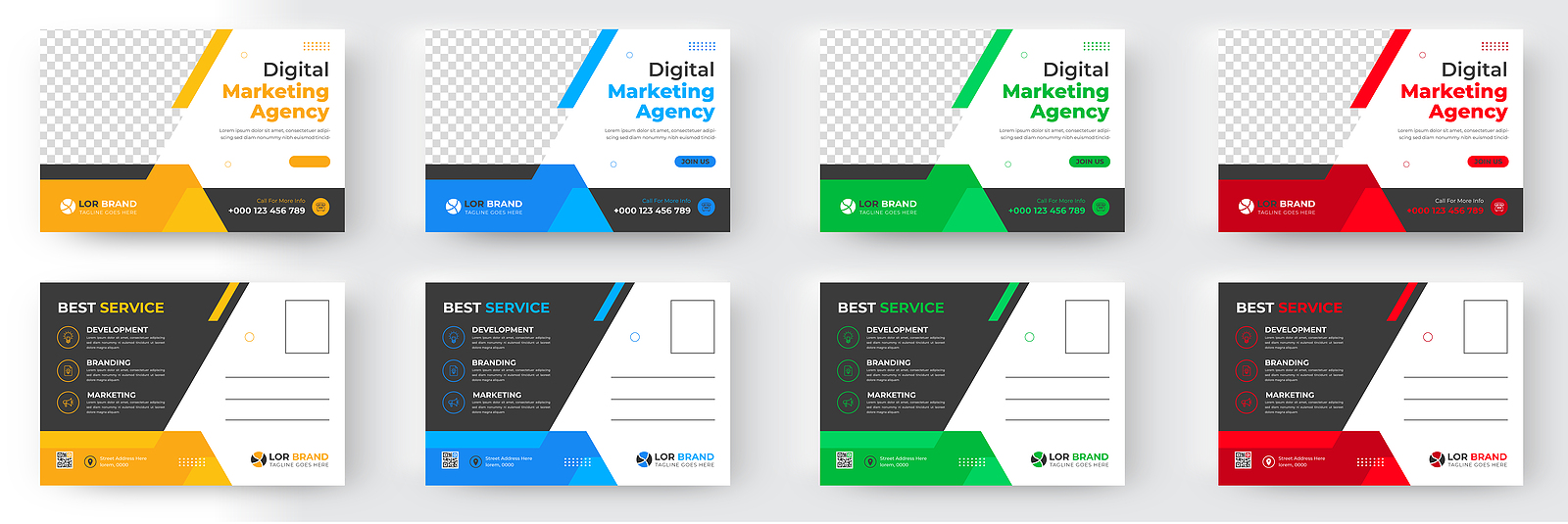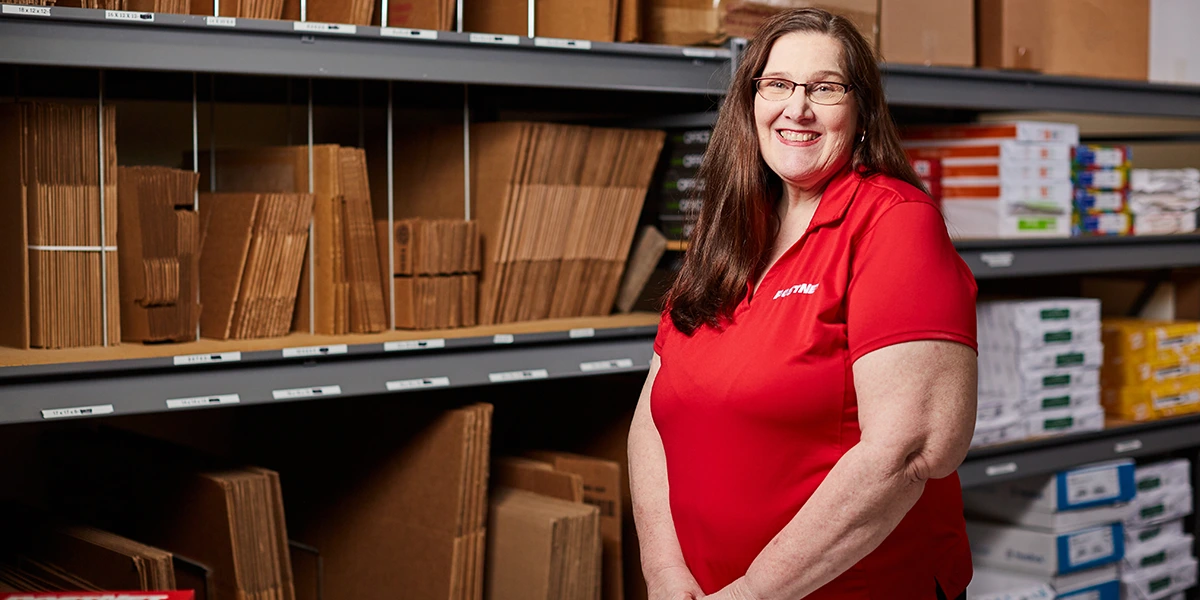

Postcards are valuable and versatile tools for communicating with your client base. You can mail them to local residents to spread the word about your services, or use them to send appointment reminders, or even share holiday or birthday wishes with loyal clients — just to name a few of the many options for using postcards!
The following steps will help you design and print postcards that deliver effective marketing messages.
Your target audience will respond positively to a well thought-out postcard design.
Postcards can serve various purposes. Some highlight a new product or service, while others advertise a limited-time promotion. You might use them to generate leads or provide exclusive offers to recurring customers. The postcard’s primary function should dictate its design.
You don’t want the postcard to wind up in someone’s recycling bin! Plan to use short, engaging copy that will hold value for your customers. A call to action should be clear and visible to guide your audience further down the sales funnel.
Delivery method will influence a postcard’s layout. If you’re mailing it to a client’s residence, you need to leave room for postage and the mailing address. Otherwise, these items might accidentally cover up an important marketing message on your postcard, or result in a card that can’t be processed by the post office.
There are also different factors to consider when you display postcards in your store. The holder containing your postcards shouldn’t hide content that would draw a customer’s attention. Take note of the holder’s shape to strategically organize content on the card.
Customers respond well to copy in bite-sized chunks — not expansive walls of text. Follow up your message with a call to action that clearly explains what to do next and how to do it. No matter the postcard’s purpose, always include your business’s name and contact information.
Select a custom graphic design that accurately reflects your company’s brand. Incorporate your logo as well as fonts, colors, and images that reflect your branding. Graphic elements are important, but don’t let them detract from the message!
Local graphic design services at PostNet can help create postcards that resonate with your audience. Professional designers have the expertise to arrange logos, copy, and graphic elements in a way that best serves your needs. They’ll equip your business with well-designed postcards to ensure your marketing campaigns are a success.

Printing services near you offer various paper weights, types and finishes to complement what’s on your postcard.
You can make postcards any size you want! However, certain dimensions are more effective, depending on how you plan to distribute the postcard. The most popular postcard sizes are:
Small postcards are ideal for handing out at events. They’re a lot easier for people to fold and stash in their pockets while walking around. Large postcards have a better chance of getting noticed when a customer checks their mailbox and they give you more room to fit your information or design elements.
Cardstock for postcards is available in multiple weights, each with its own benefits and drawbacks. Consider the most common paper choices for postcards:
You’ll also have to determine whether you want to add accents like UV coating on the postcards. UV coating creates a glossy finish that gives your postcard a premium feel. On the downside, it’s difficult to write on glossy finishes, so keep that in mind depending on what you want to use your postcard for. Spot gloss and foil accents on only certain areas of the card draw attention to important details while leaving space to jot down notes.
Professional printing services provide all the tools you need to mass-produce postcards. You’ll gain access to a full range of paper weights, types, and finishes that best suit your goals. They’ll handle the printing process for you to ensure professional-grade quality in every card.
Discover postcard design and printing services at PostNet! We make marketing easier by offering the design, printing and mailing services you need in one place. Stop by your local center to get started.


